Life does not always provide crinkly colored bowties to wrap up relationships and give us closure. People come and go without finishing any of the things that they said they would do. Sometimes we do not have any record of these people that disappear from our lives. The faint memories of the disappeared haunt us, and resurface in the sounds of a familiar laugh, the glint of eyes in sunlight, and the indelible touch of a hand. Peter Weir’s Picnic at Hanging Rock is about the disappearance of four girls on Valentine’s Day in 1900, three of which are never found again. This information is all revealed from the onset, but instead of it coming across as lazy exposition, it presents a mystery with such objectivity that it could be easily mistaken as real.
Weir does not give any explanations as to why these girls disappeared, where they went, or why they left their corsets behind but that ultimately does not matter. Imagination is powerful. What could have been a romantic and lazy picnic on a light, breezy Saturday afternoon becomes the breeding grounds for horror. This is a horror movie through and through, even if it does not give any clear indication of the supernatural.
There is a possibility that something evil lurks within the crevices and cracks of Hanging Rock, but Weir does not show us. It is simply the uncertainty about who might be responsible, or if there is anyone responsible, that makes Picnic unnerving. The presence of serial killers or ghouls may anchor viewers to the safe, solid ground of expectations and tropes. However, Weir deliberately abandons us at Hanging Rock, as we suffocate in the stuffiness of Victorian ideals and values.
Picnic is not your cozy old “Jane Austen” period piece. All the schoolgirls suffer under the instruction of a venomous Mrs. Appleyard, a principal who is more concerned with respectability and manners than the repression of her pupils. For example, these schoolgirls have to memorize and spout out poetry from ‘morally exemplary’ English writers, like Felicia Hemans. However, Felicia Hemans was not as modest as Mrs. Appleyard would like to believe. Hemans had a streak of unbridled madness that went against everything that the hellish domestic life of Victorian England stood for. When Miranda leads the three other girls to the top of Hanging Rock, it is not out of mere curiosity or juvenile defiance, it is a means of escape. To what, you might ask? It does not matter.
Weir does not want his viewers to ask questions. It is easy to abandon logic when caught in the hazy, sun-soaked cinematography of Picnic. The Director of Photography, Russell Boyd, achieved this look by pressing a wedding veil around the lens of the camera. What’s remarkable about this aesthetic is that the girls shimmer and glow when spangled with light, as if they really are spirits that lull the audience into a nearly two-hour trance.
Not only does the cinematography have haunting implications, but the warm color palette reminds me of the sepia tone of old photographs. We never get a complete understanding of the girls; their personalities are about as elusive as their physical absence from a majority of the film. We can only make assumptions about their characters, as if we really are looking at the old, frayed photographs of strangers in a newspaper or looking through the gauze of a wedding veil.
This all might seem to be a fault with Weir’s direction, but I have to disagree. He respects his characters to the point where he does not simplify them to reductive archetypes. In addition, he respects his audience to the point where he requires them to do the heavy lifting to empathize and make sense of the nonsensical. Ultimately, it does not matter what had happened to the girls, any answer to the mystery would be wholly unsatisfying.
The mystery is not found within the crevices and cracks of Hanging Rock, it is shown with every expression of Miranda’s features. Her motivations all remain in the soft, dreamy twinkle of her eyes as she leads her friends into the depths of the incomprehensible. Look closely at her profile, and listen carefully to every inflection of her voice, the greatest mystery of Picnic at Hanging Rock is right there in front of you.
Rating: 10/10
Have you seen Picnic at Hanging Rock? How do you feel about a mystery without an answer? Let us know in the comments below!
Picnic at Hanging Rock is available on Blu-ray and Digital HD. The film stars Rachel Roberts, Vivean Gray, Helen Morse, Kirsty Child, Anthony Llewellyn-Jones, Jacki Weaver, Frank Gunnell, and Anne Lambert.

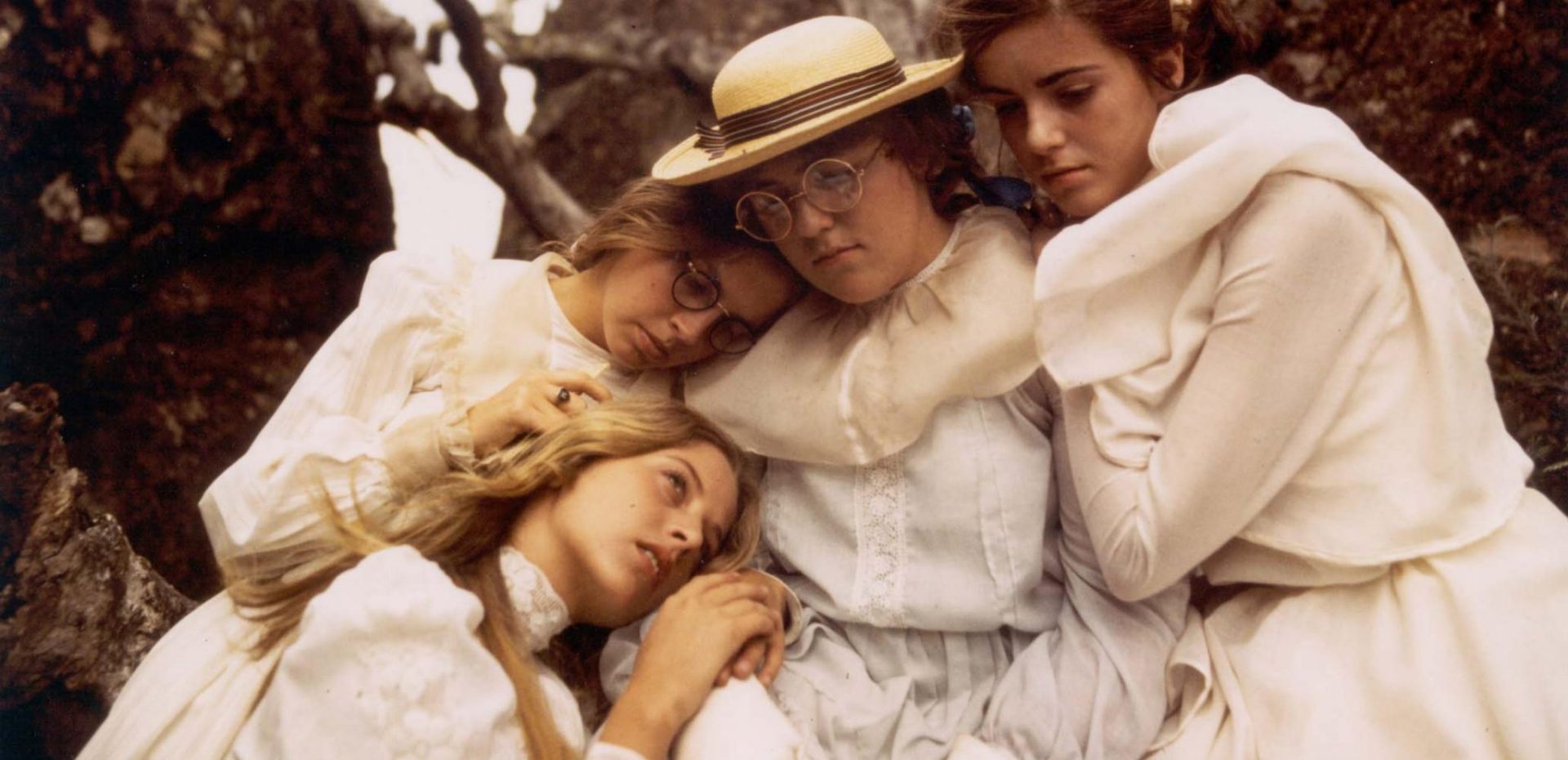
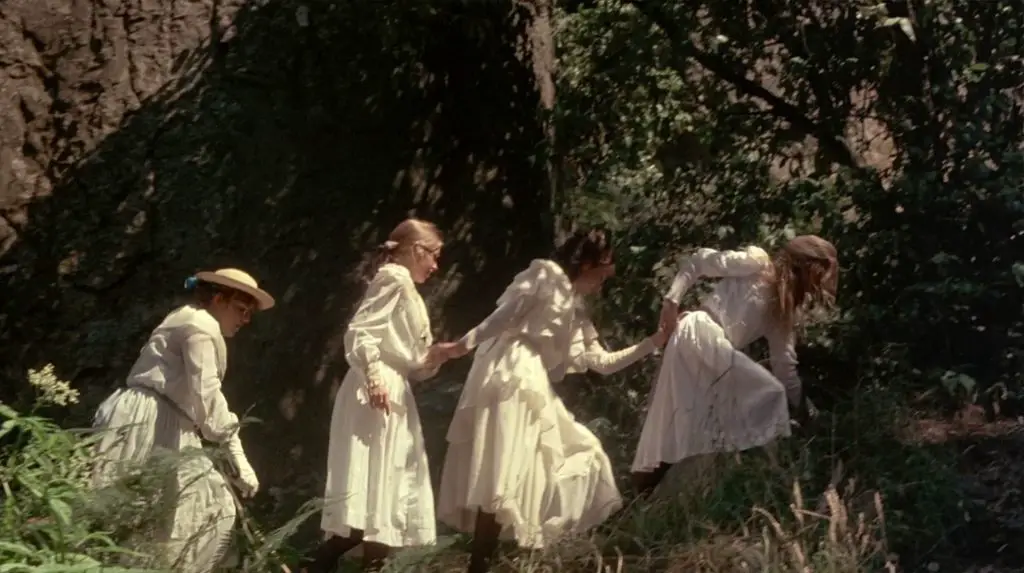
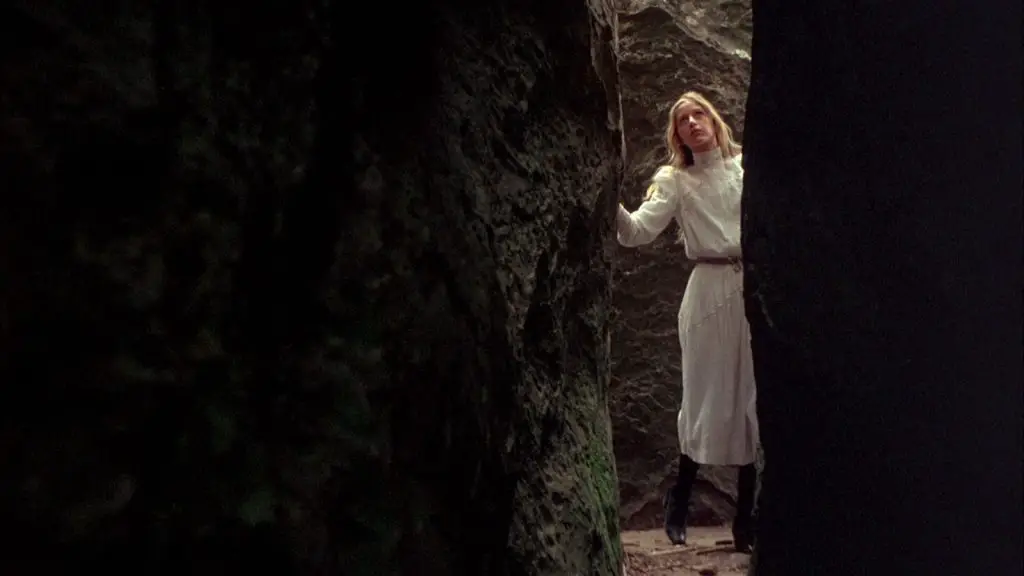
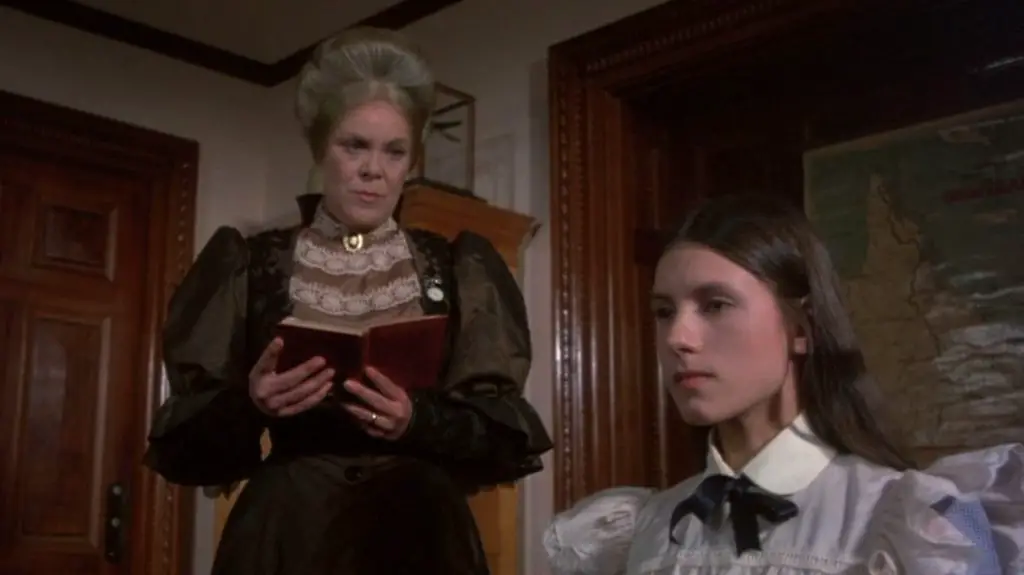
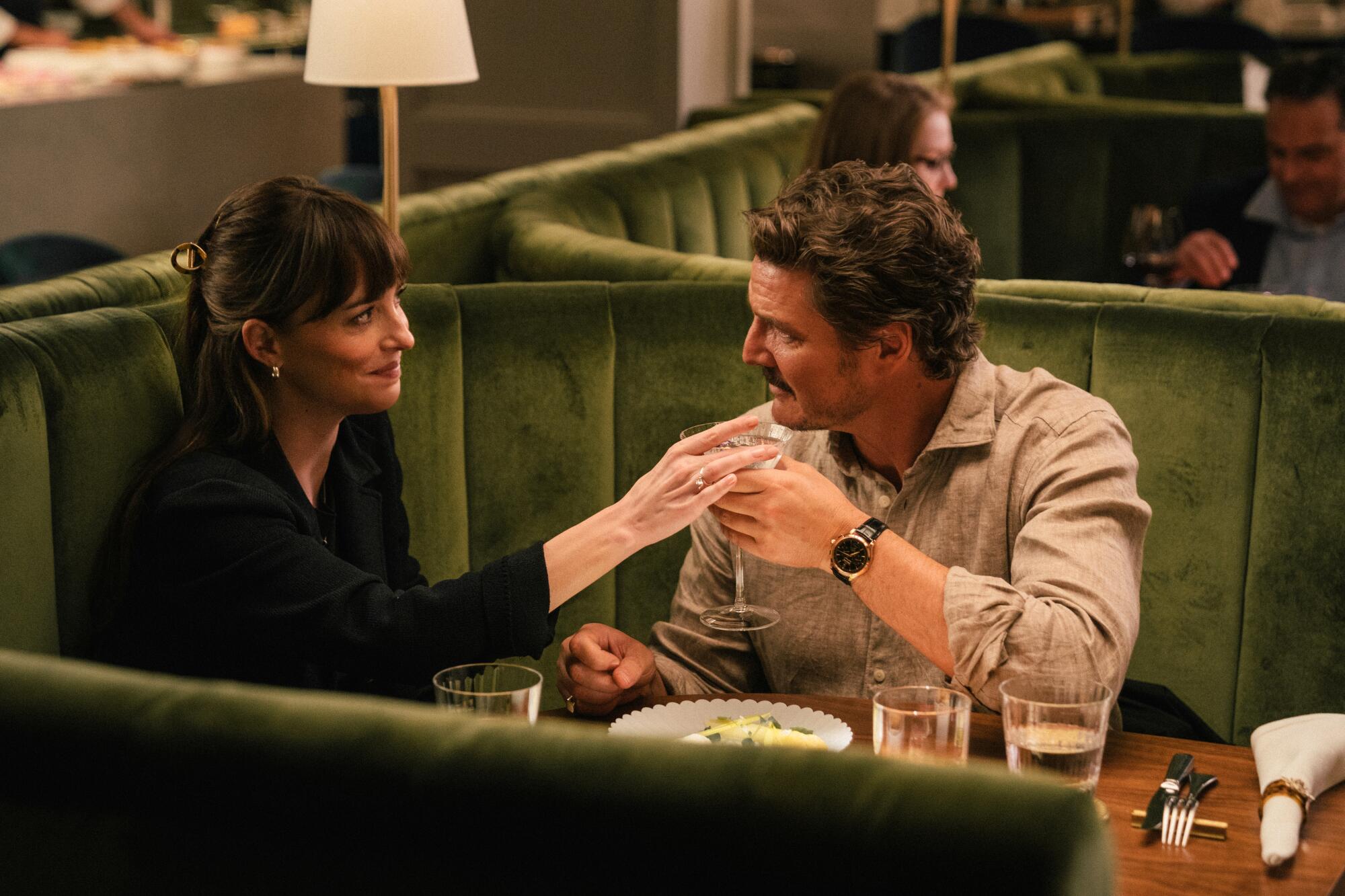
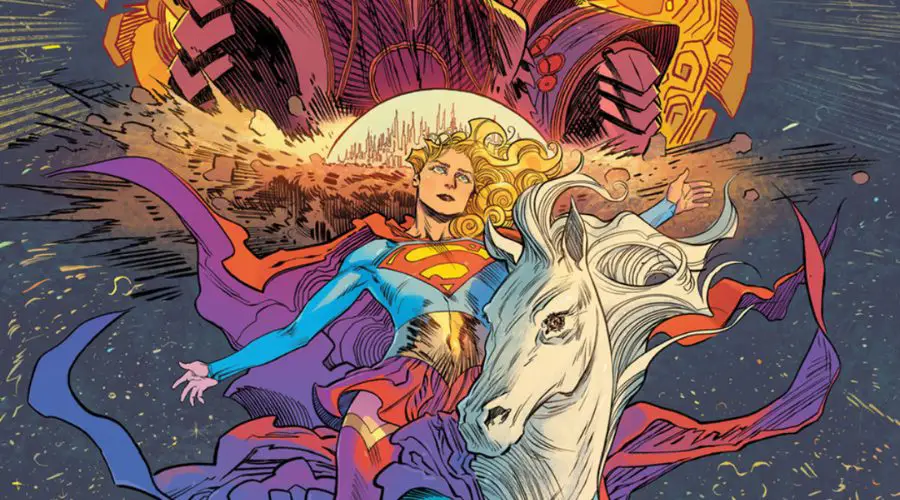
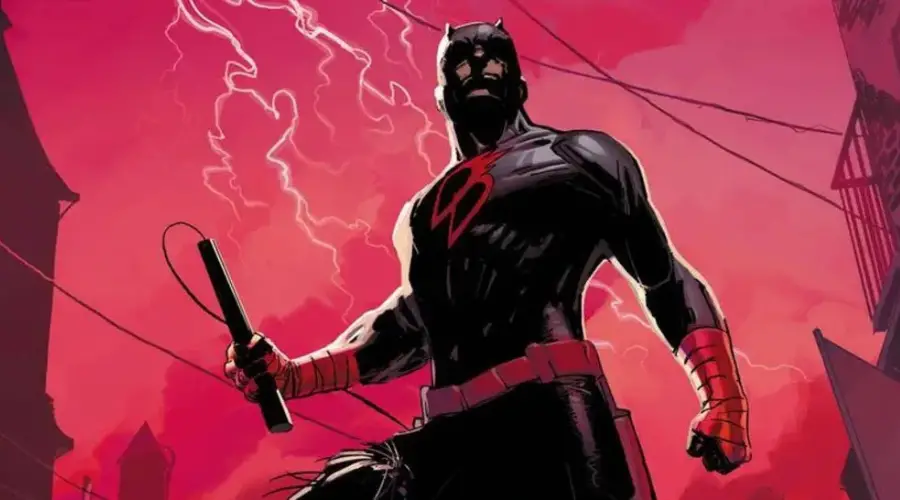
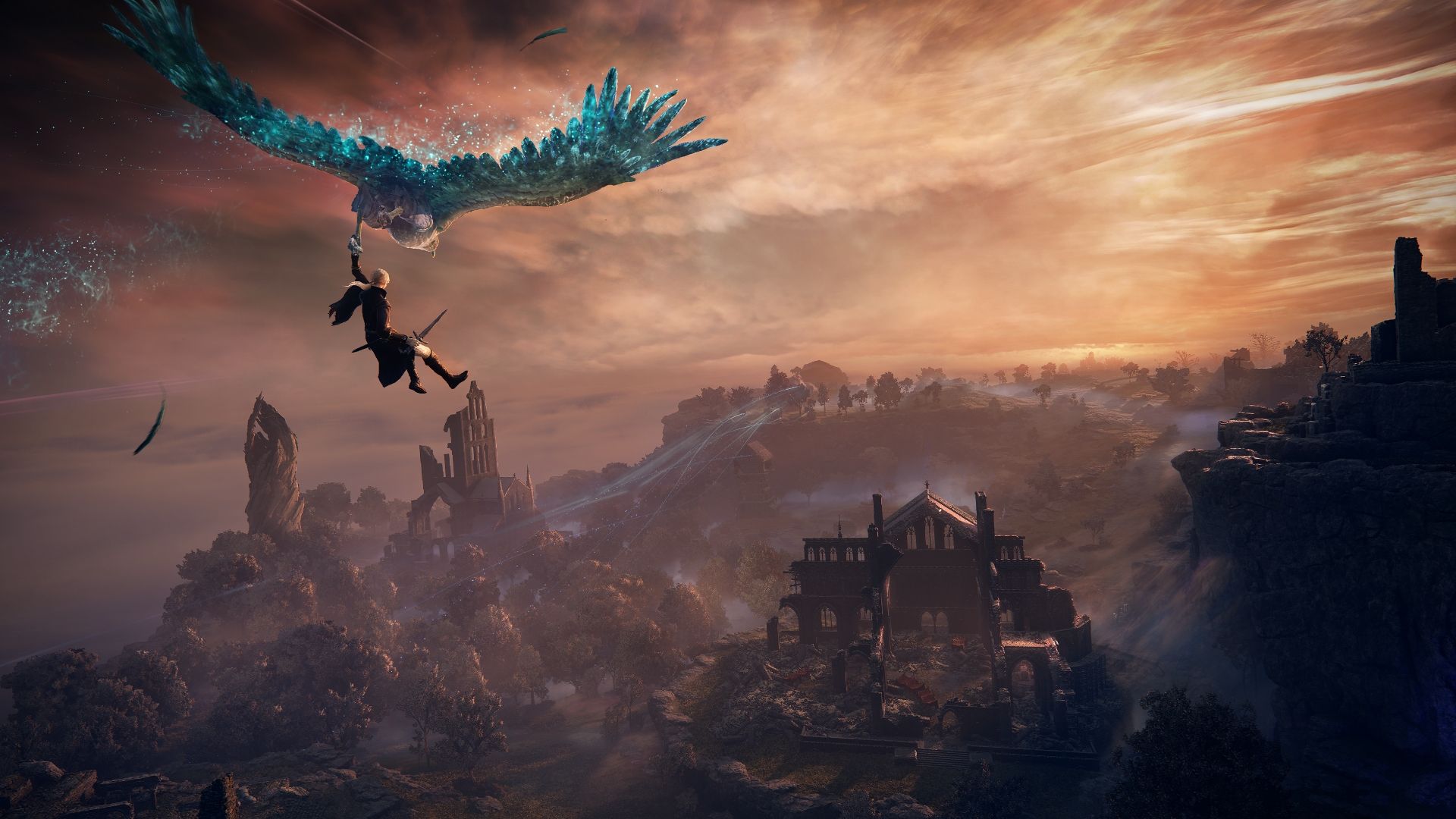
Leave a Comment